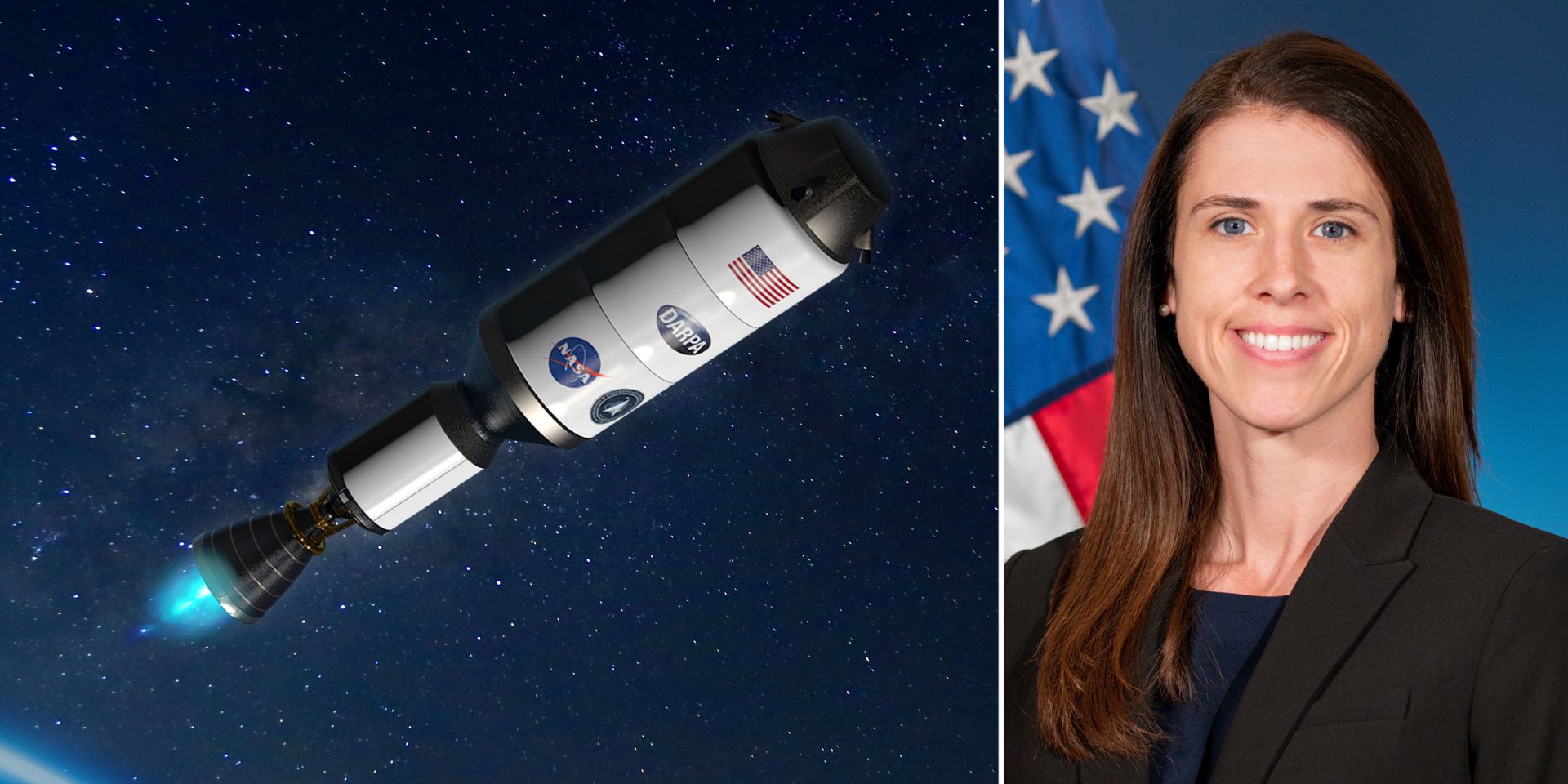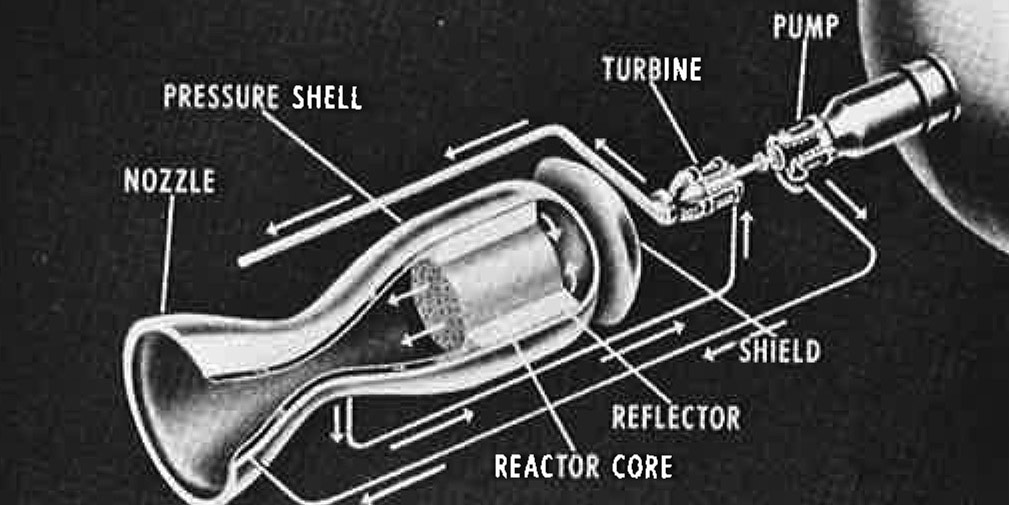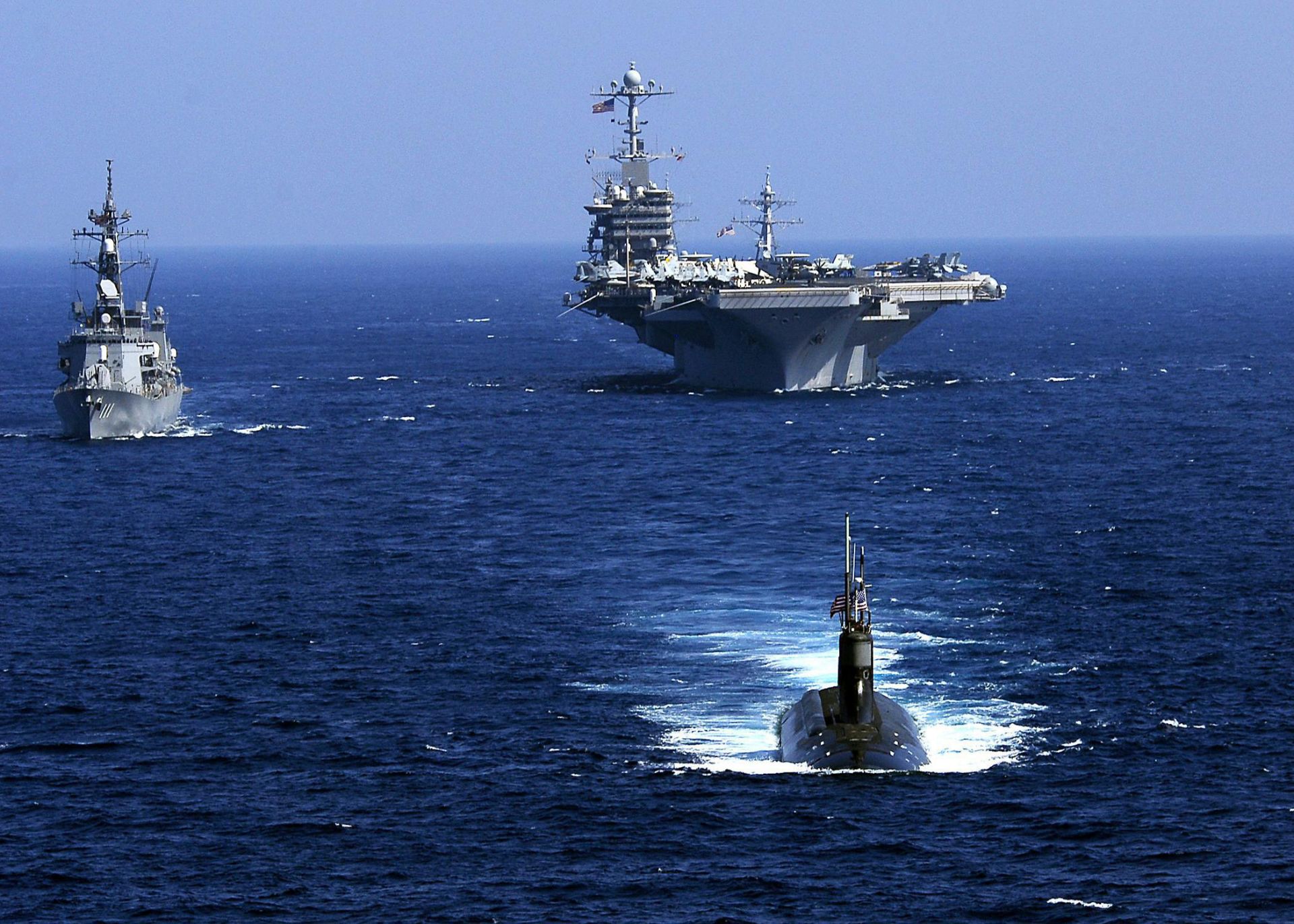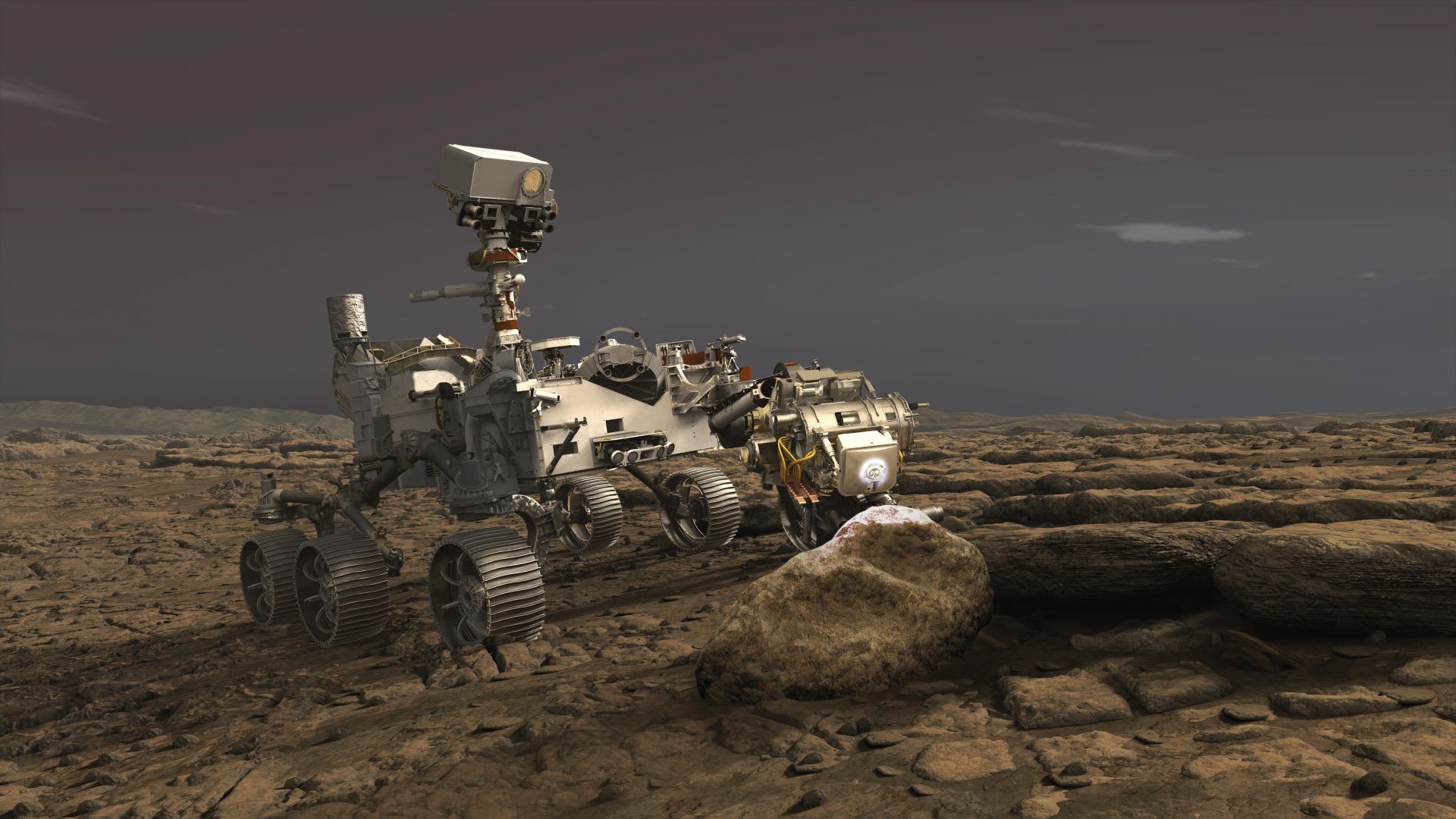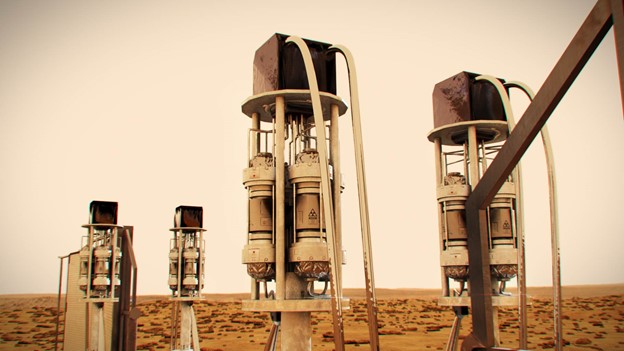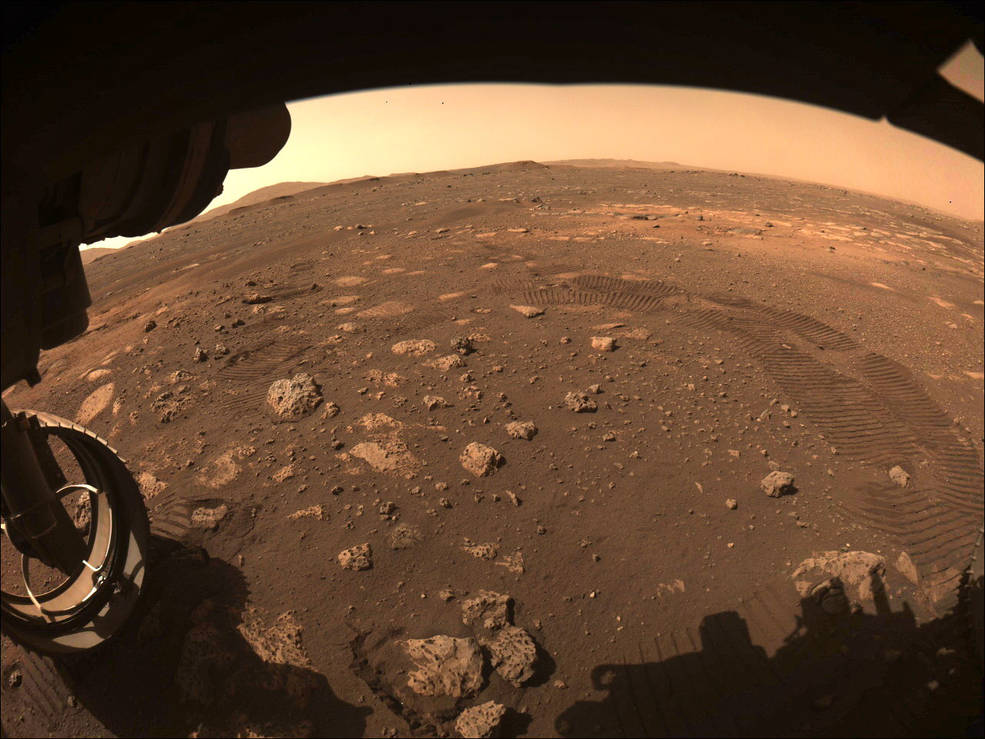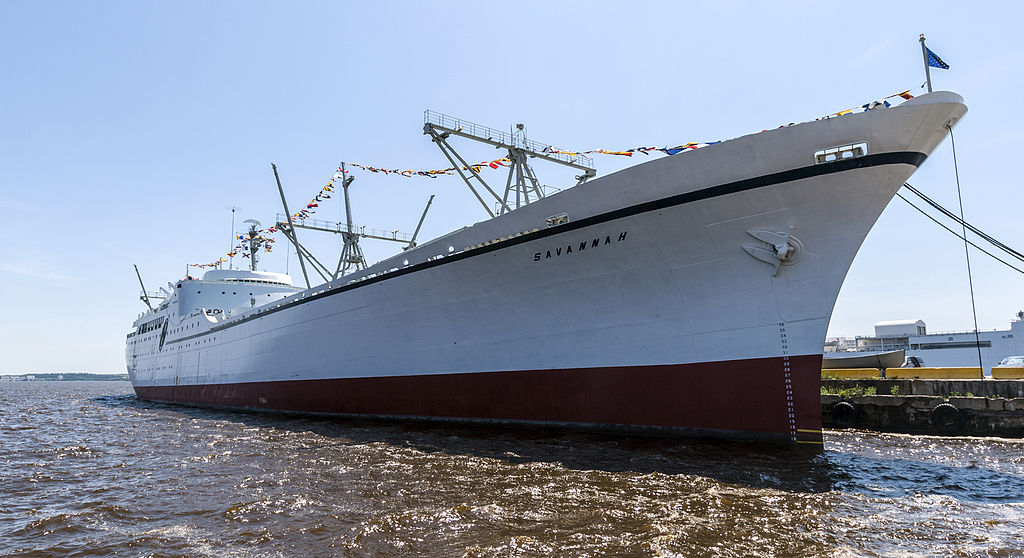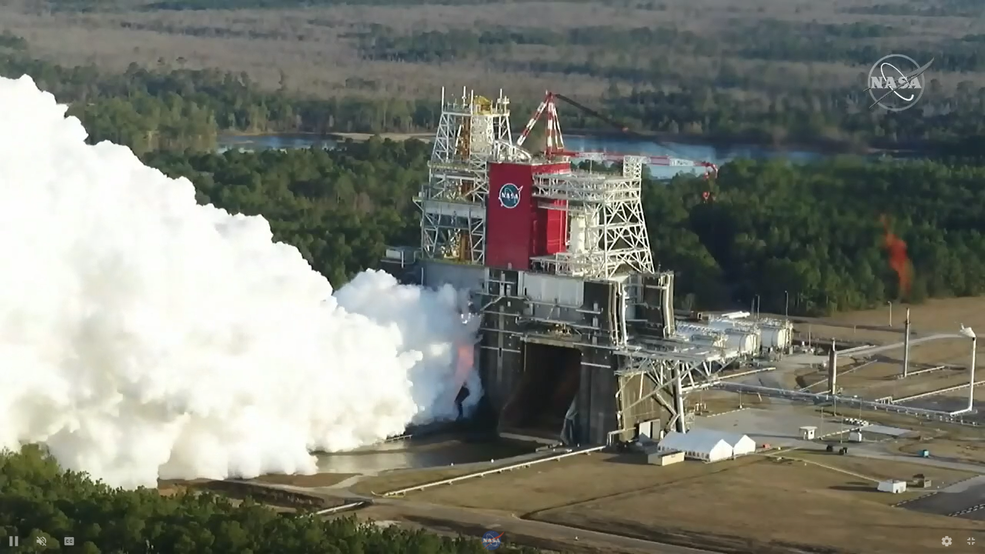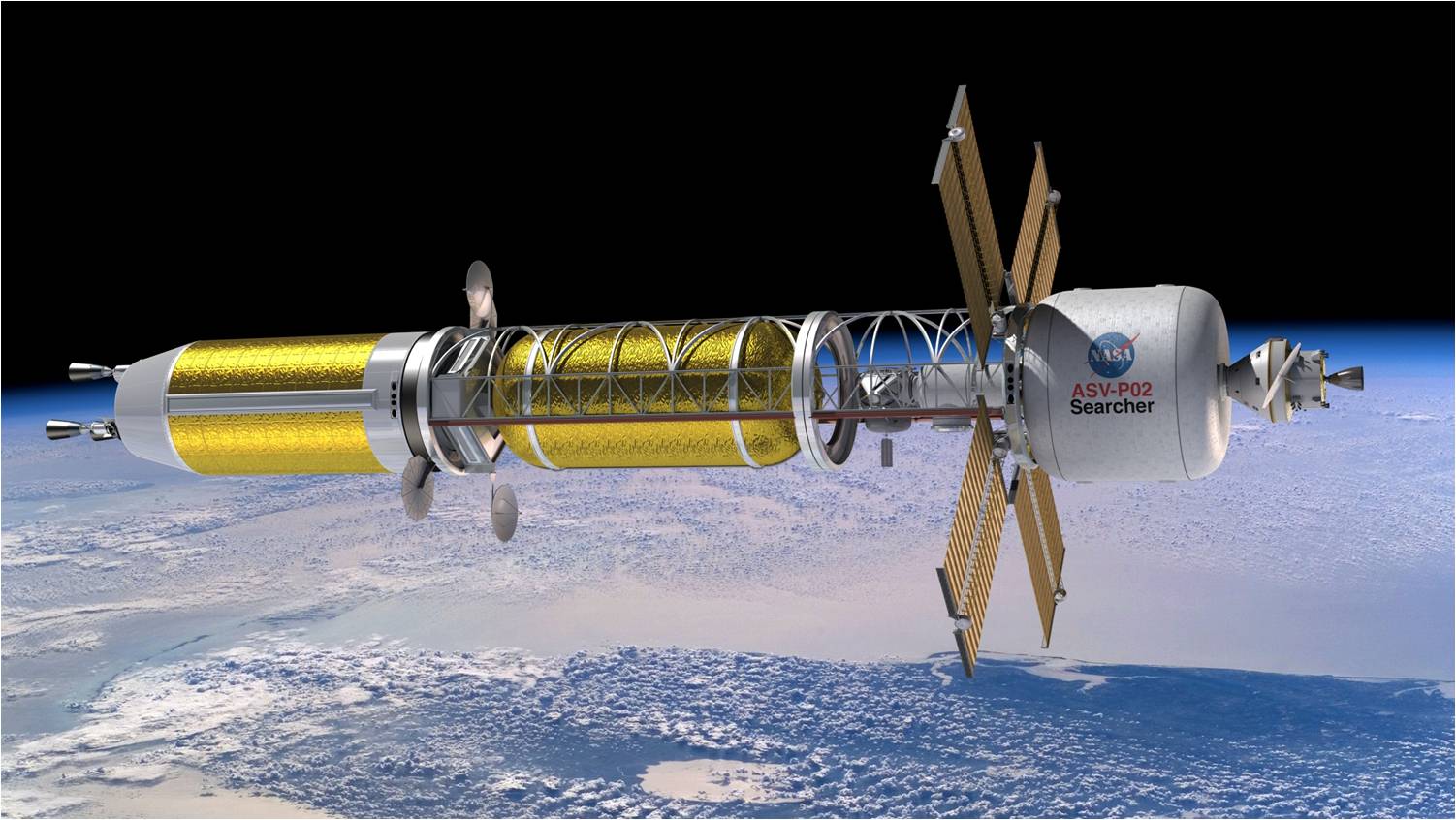A diagram from the January 1963 story depicting a nuclear-powered rocket.
It’s Thursday, meaning it’s time to dig through the Nuclear News archives for another #ThrowbackThursday post. Today’s story goes back 60 years to the January 1963 issue of NN and the cover story “Review of Rover: A nuclear rocket” (p. 9), which reviews the first phase of the nuclear rocket program from Los Alamos National Laboratory.
Some quick digging online uncovers a lot of information about Project Rover, most notably, a short 20-minute film on the LANL YouTube page that reviews the project (Historic 1960s Film Describes Project Rover). The description of the video notes that the project was active from 1955 to 1973 and led to the design of multiple reactors suitable for testing, including Pewee 1, and that NASA has a modern nuclear thermal propulsion project based on the Pewee design. So it seems fitting to revisit Project Rover, given that there is today a lot of renewed interest in nuclear propulsion for space exploration.
The opening line from the January 1963 article seems to ring true today— “Provided the U. S. continues her space efforts, nuclear-powered rockets are inevitable”—although that probably didn’t seem likely to the nuclear community after the country’s attention shifted from the Space Race to the Vietnam War in the early 1970s when Project Rover was canceled. The introduction to the article lays out the argument for a nuclear-powered rocket and provides a review of the program since its launch in 1955.
The full article as it appeared in 1963 is reprinted below, but don’t forget, all ANS members have full access to the Nuclear News archives that has decades of great content about all topics on nuclear science and technology. Happy reading!
America’s nuclear navy presently has 86 nuclear-powered submarines and aircraft carriers. All of them, and their predecessors over the last 60 years, have performed flawlessly, protecting America as well as their crews. Here, the nuclear submarine USS Seawolf leads the nuclear-powered aircraft carrier USS Nimitz and the conventionally powered Japan Maritime Self-Defense Force destroyer JS Oonami DD 111 during exercises in 2009. (Photo: United States Navy)
Just this last April, President Biden officially commissioned the USS Delaware, a new Virginia-class nuclear attack submarine, the 18th built in that class and the eighth and final Block III Virginia-class submarine. (The Delaware was administratively commissioned in April 2020, but the COVID-19 pandemic caused delay of the ceremony for two years.)
NETS participants are credited with helping relaunch the nation’s domestic production of Pu-238 to fuel the Mars Perseverance rover. (Photo: NASA)
Connecting nuclear engineers and scientists with space exploration missions has been a focus of the American Nuclear Society’s Aerospace Nuclear Science and Technology Division since its creation in 2008. One of the main ways those connections are made is through the Nuclear and Emerging Technologies for Space (NETS) conference, which the division supports in conjunction with the National Aeronautics and Space Administration.
The USS Enterprise (CVN-65)
The Naval Academy ANS student section, with support from the Washington, D.C., local section, held its semiannual dinner on March 29 in Annapolis, Md. The event was attended by more than 100 people, including midshipmen, professors from the U.S. Naval Academy, local ANS members, and ANS President Steve Nesbit.
The evening’s program was hosted by the student chapter president, Midshipman First Class Sara Perkins, and was headlined by the director of the Naval History and Heritage Command, Rear Admiral (retired) Samuel Cox.
Artist’s concept of a fission surface power system on Mars. (Image: NASA)
NASA and Idaho National Laboratory have just opened a competitive solicitation for U.S. nuclear and space industry leaders to develop innovative technologies for a fission surface power system that could be deployed on the surface of the moon by the end of the decade. Battelle Energy Alliance, the managing and operating contractor for INL, issued a request for proposals and announced the news on November 19. Proposals are due February 17.
